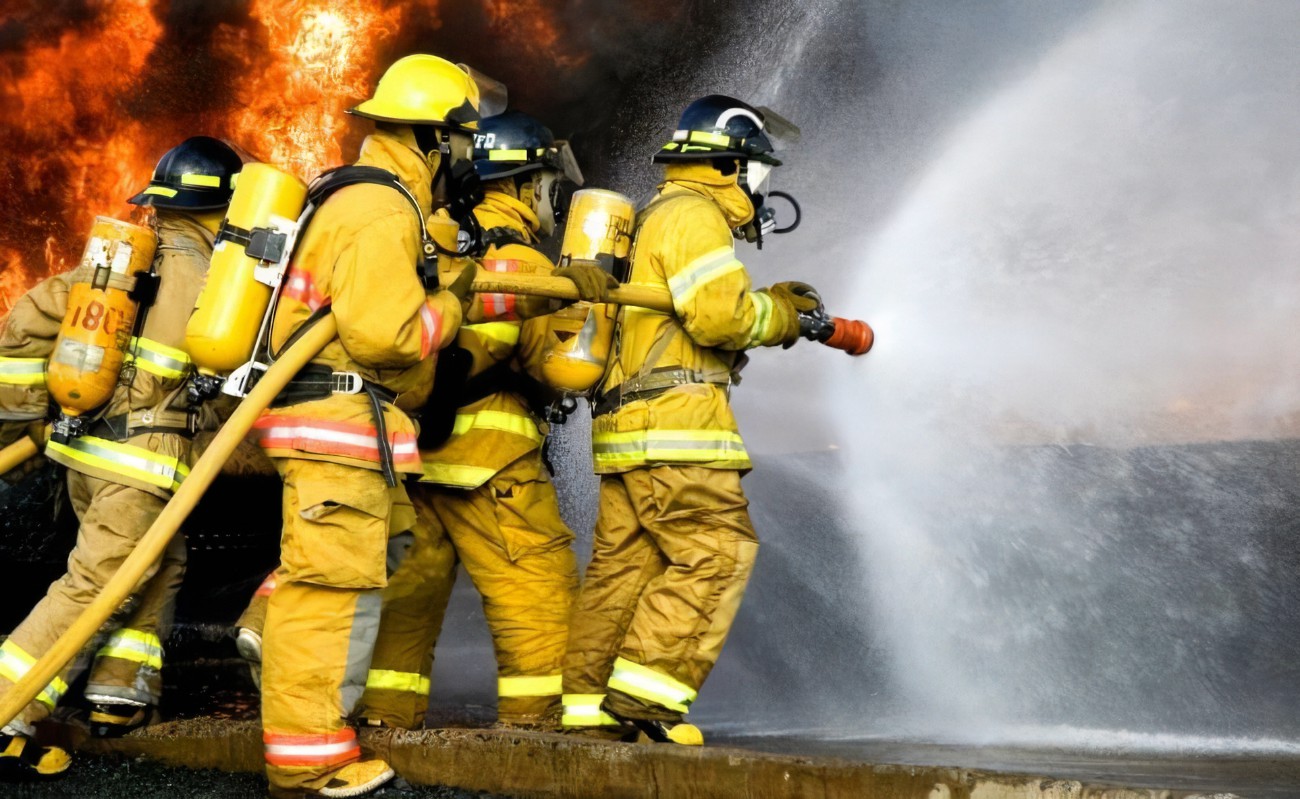Any Query :
Fire Fighting
Fire Fighting
Overview: The Fire Fighting course is designed to equip participants with essential knowledge, skills, and practical techniques to effectively respond to fire emergencies and mitigate fire hazards. This course will cover a range of topics from the basic principles of fire science to advanced firefighting techniques, including equipment usage, safety protocols, and emergency response strategies. By the end of this course, participants will be prepared to act decisively and effectively in fire situations, ensure their safety, and protect property and lives.
Learning Objectives
Upon completion of the Fire Fighting course, participants will be able to:
- Understand Fire Science: Explain the fundamental principles of fire behavior, including the fire triangle and stages of a fire.
- Identify Hazards: Recognize various fire hazards in different environments and assess risks associated with them.
- Use Fire Fighting Equipment: Demonstrate proper use of fire-fighting equipment such as fire extinguishers, hoses, and personal protective equipment (PPE).
- Implement Safety Protocols: Describe and apply safety protocols and procedures during firefighting operations to minimize risks to self and others.
- Develop Emergency Response Plans: Create and implement effective emergency response plans tailored to specific environments, including residential, commercial, and industrial settings.
- Conduct Fire Drills: Organize and lead fire drills to ensure preparedness and safety awareness among staff or community members.
- Communicate Effectively: Practice effective communication strategies during emergencies, including radio or intercom usage, and provide clear instructions to others.
Course Outline
Week 1: Introduction to Fire Fighting
- Introduction to course objectives and structure
- Overview of firefighting history and importance
- Understanding the fire triangle: Fuel, Heat, and Oxygen
Week 2: Fire Behavior and Chemistry
- Types of fires: Class A, B, C, D, and K
- Phases and stages of fire development
- Smoke behavior and fire spread
Week 3: Fire Hazards and Risk Assessment
- Identifying common fire hazards
- Conducting fire risk assessments in different environments
- Regulatory requirements and guidelines
Week 4: Fire Fighting Equipment
- Overview of fire fighting tools and equipment
- Hands-on training with fire extinguishers
- Proper techniques for using hoses and nozzles
Week 5: Personal Protective Equipment (PPE)
- Importance of PPE in fire fighting
- Types of PPE and their uses
- Proper donning, doffing, and maintenance of PPE
Week 6: Safety Protocols and Emergency Responses
- Establishing safety protocols during fire emergencies
- Incident command structure and roles
- Emergency evacuation procedures and accountability
Week 7: Fire Drill Planning and Execution
- Planning effective fire drills
- Conducting clear and concise fire drills
- Post-drill assessments and feedback
Week 8: Communication During Emergencies
- Effective communication strategies
- Use of radios and emergency communication devices
- Dealing with public and media inquiries
Week 9: Advanced Fire Fighting Techniques
- Introduction to firefighting tactics and strategy
- Use of water supply and suppression systems
- Rescue operations and search techniques
Week 10: Course Review and Practical Assessments
- Review of key concepts and skills covered
- Practical and theoretical assessments
- Course feedback and certifications
Duration: Typically, the training will span 1-2 days, depending on the depth of content and the level of practical training included.
Delivery Mode: The course can be delivered through a combination of lectures, group discussions, hands-on practice, and scenario-based training.
Certification: Participants who successfully complete the training and pass the assessment will receive a Fire Fighting certification, which is valid for a designated period (e.g., 2-3 years) before requiring recertification.


